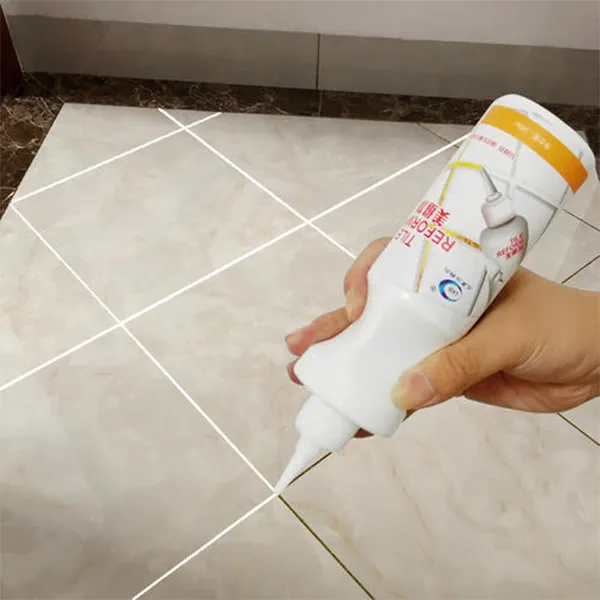Kjemiske råmaterialer i pulverform for industriell bruk
Hydroxyethyl Methyl Cellulose MHEC is also known as Methyl Hydroxyethyl Cellulose HEMC, Methyl Hydroxyethyl Cellulose ,which can be used as high efficient water retention agent, stabilizer, adhesives and film-forming agent in construction, tile adhesives,cement and gypsum based plasters,liquid detergent ,and many other applications.
Furthermore, MHEC offers excellent film-forming properties, which contribute to the durability of construction materials. When added to coatings or paints, MHEC forms a protective film that enhances resistance to abrasion, weathering, and chemical exposure. This makes the material more resistant to wear and tear, ensuring that it maintains its appearance and performance over time. Whether it is used in exterior paints or floor coatings, MHEC helps to extend the lifespan of construction materials, reducing the need for frequent maintenance or replacement.



Hydroxypropyl methylcellulose HPMC is mainly used in the molding of cement mortar and gypsum products as a dispersant, thickener and binder in building treatment. It is used in cement mortar to increase its cohesiveness, reduce flocculation, improve viscosity and shrinkage, and has water retention. Reduce the water loss and strength of concrete surface, prevent cracks and weathering of water-soluble salts; Hydroxypropyl methylcellulose HPMC has thixotropy, which can be used to prepare low fluidity mortar paint that can be applied on vertical walls in one thick coat; HPMC improves adhesion and workability, so it is suitable for preparing easy flowing spraying mortar for thin layer painting.
The amount of HPMC used in building materials is very small, only 0.1%~1%, but it has a great effect. It can be used as plasticizer, tackifier, water retaining agent, air entraining agent and retarder for paint, plaster, mortar and cement products, to increase its workability, water retention or adhesion with the base course. In addition, according to the requirements of environmental protection, when dry mixing mortar, the unstable performance caused by on-site mixing, pollution to the surrounding environment, poor construction environment and low flow efficiency are avoided. The adhesive for ceramic tiles and interior and exterior wall putty used to be 107 adhesive. From the perspective of environmental protection, cellulose ether is ideal, such as HEC and HPMC.
The cement has good bonding performance, but the bonding performance of cement slurry and cement mortar is obviously different due to the difference in performance and conditions between the bonding layer and the bonded surface during construction. When the water absorption performance of the bonding surface is large, it will cause dehydration of the bonding surface, greatly reduce the plasticity and adhesion of the cement mortar, and greatly reduce the bonding strength. In the past, gypsum or 107 glue was added to cement mortar, but there are still some defects such as poor measurement and cumbersome construction technology. Viscosity increasing effect of cellulose ether in water and weak base.
The effects of cellulose ether addition include:
1. Improve the initial and final setting time of cement;
2. Improve the stress of cement mortar;
3. Improve the water retention capacity of cement and gypsum;
4. The compressive strength and shear strength of cement mortar decrease;
5. Improve the bonding performance of mortar.